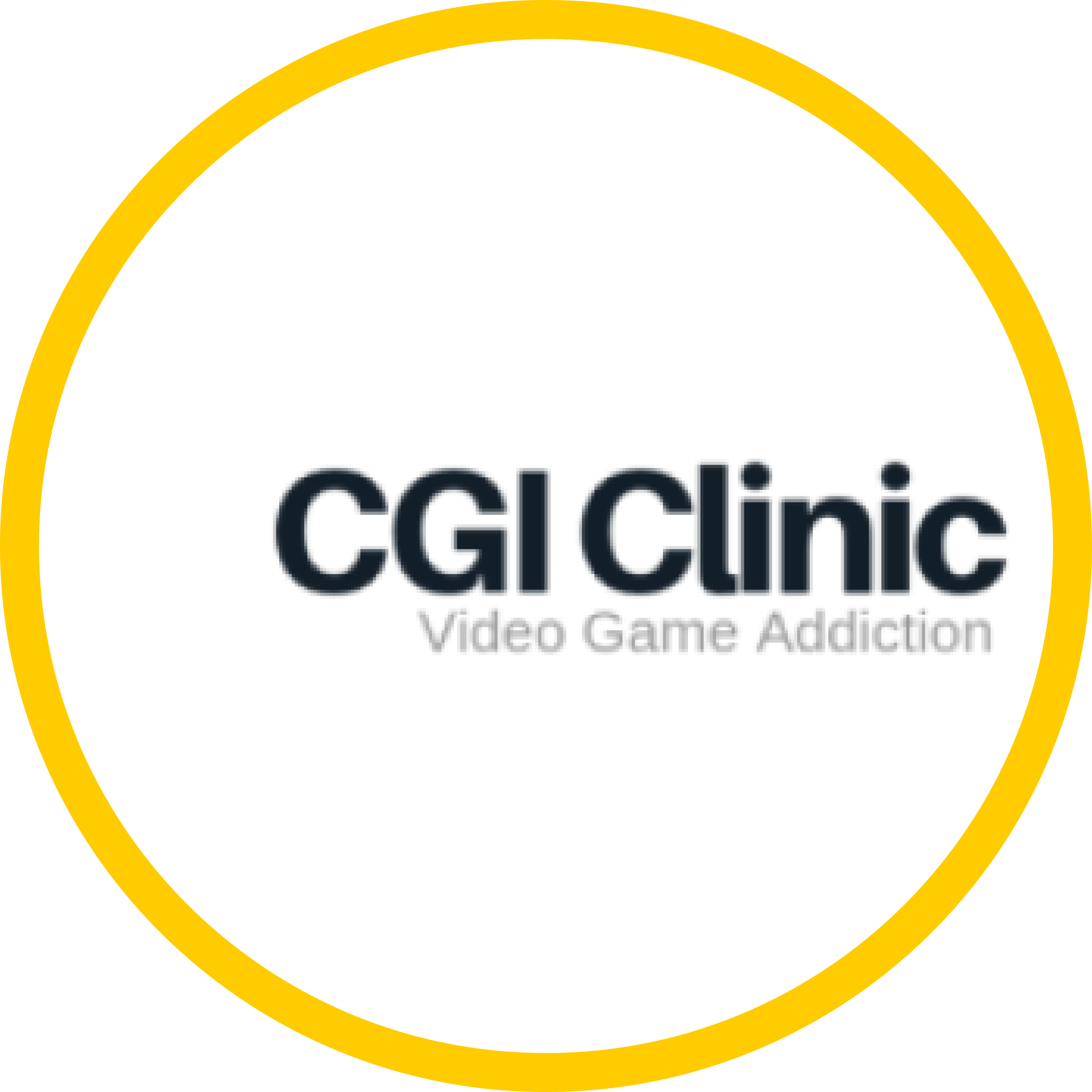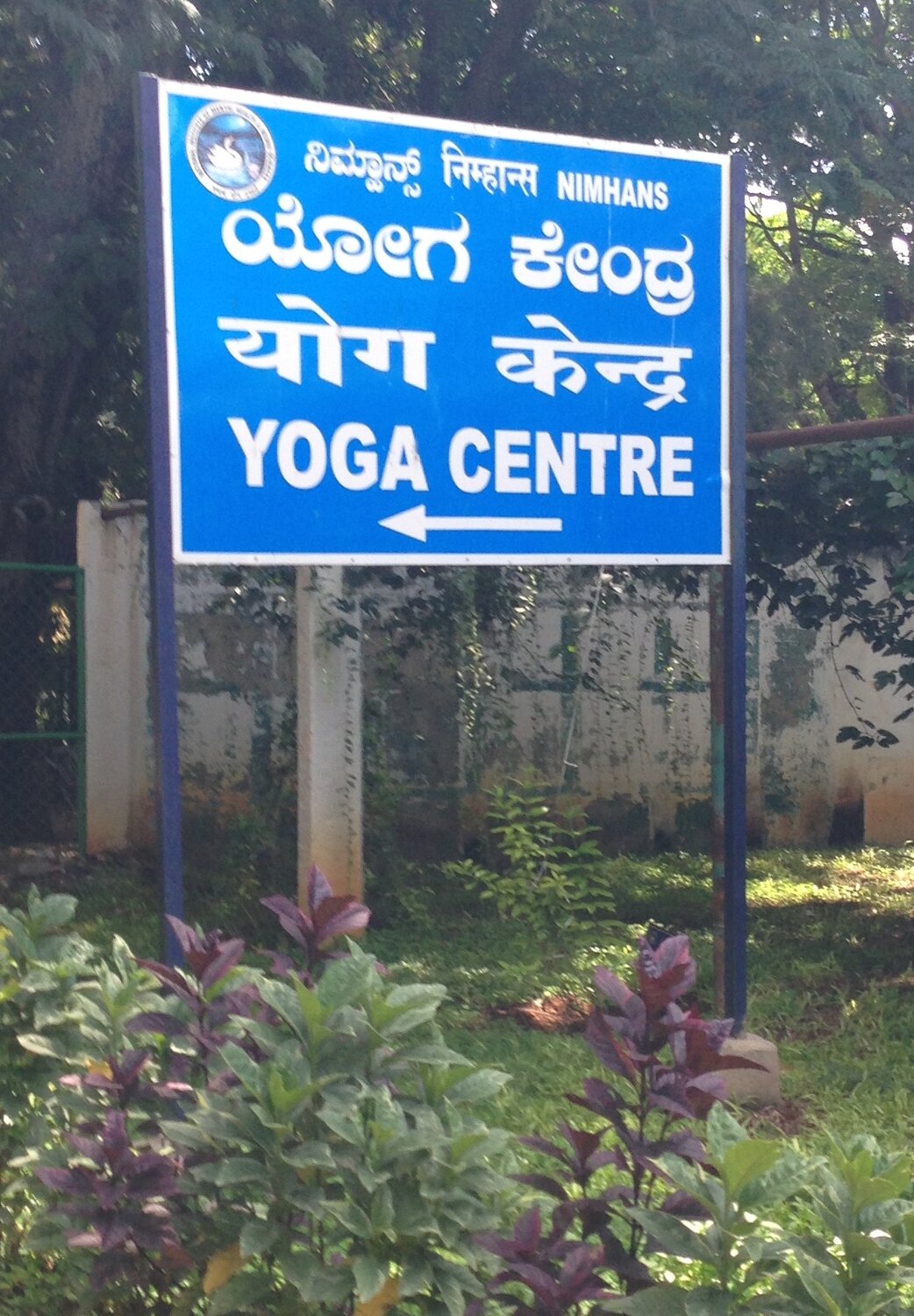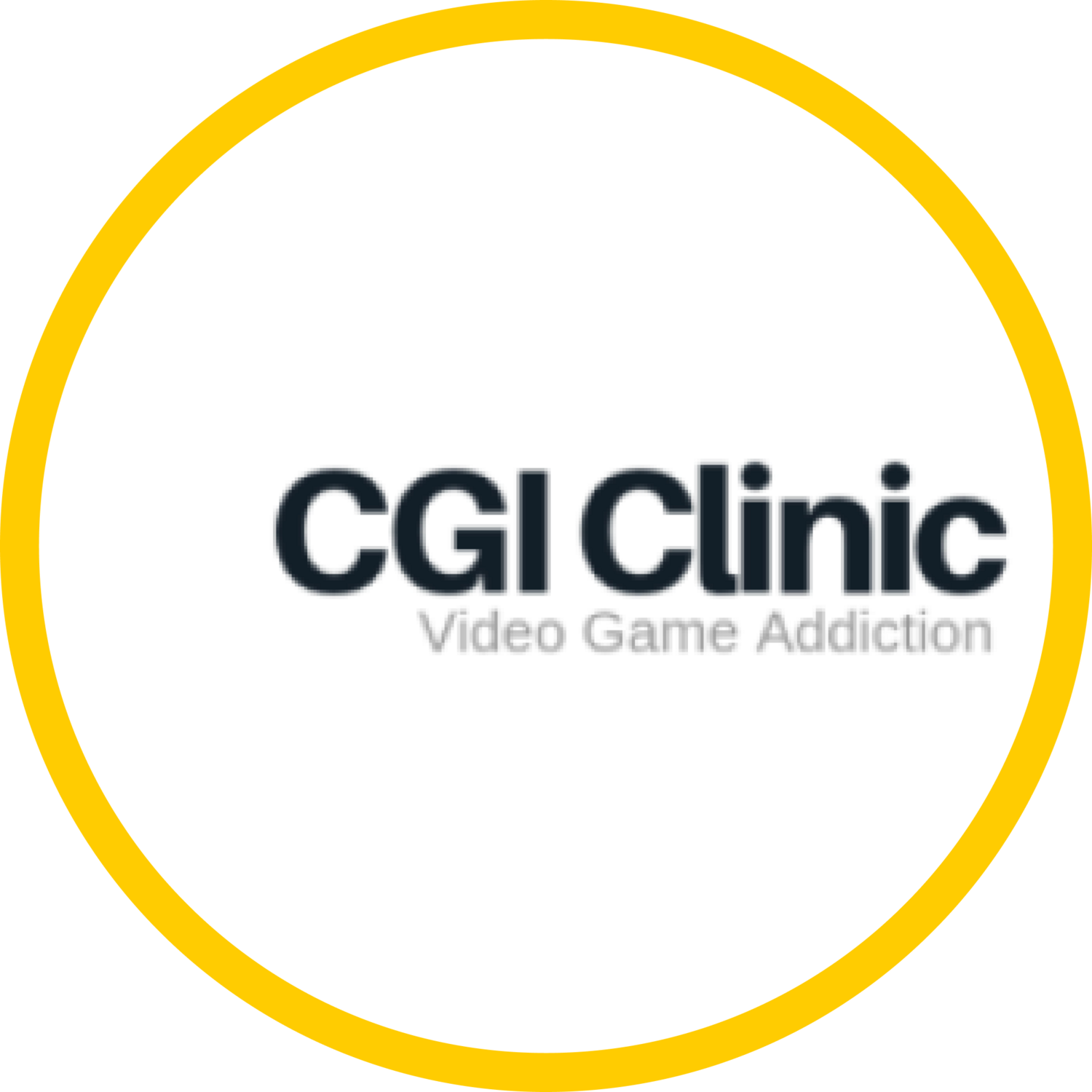
Dr Le
Articles
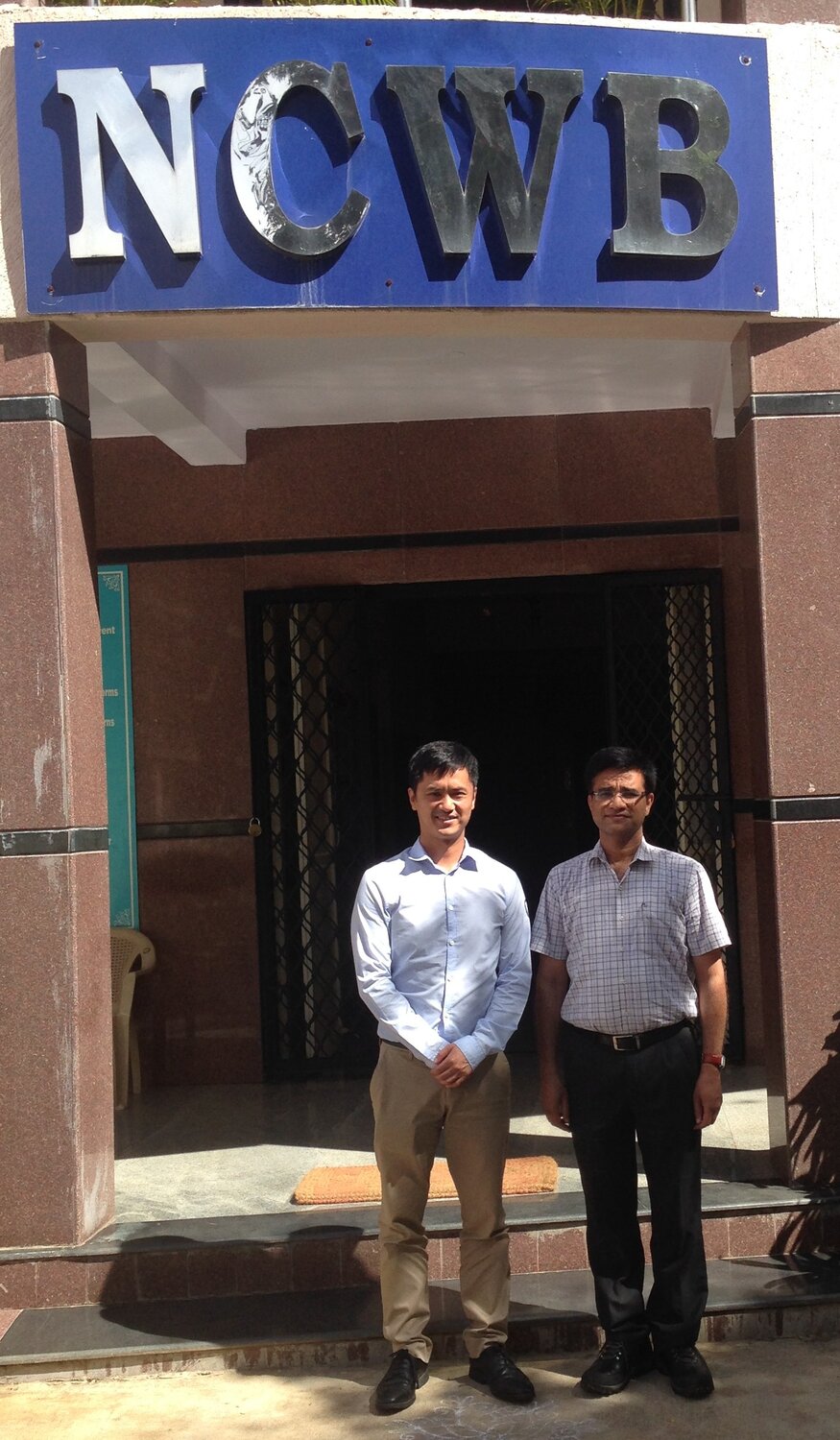
Dr Huu Kim Le (Australia) and Dr Manoj Sharma, Associate Professor of Clinical Psychology (India). Source: Dr Le.
I recently came across an article in the British Medical Journal about a clinic in India helping patients with excessive smartphone, computer and technology use.
I was very curious about this, sent a few emails, and I soon found myself on a plane to Bangalore to meet Dr Manoj Sharma, Associate Professor of Clinical Psychology and the founder of the SHUT (Service for Healthy Use of Technology) clinic.
The SHUT clinic is India’s first (and probably only) centre for dealing with excessive technology use. It is based at the National Institute of Mental Health and Neuroscience (NIMHANS) in Bangalore. NIMHANS is well known across India. Everywhere I went, all the locals knew about this prestigious institution. In fact, many psychiatrists and academics in Sydney, Australia trained there.
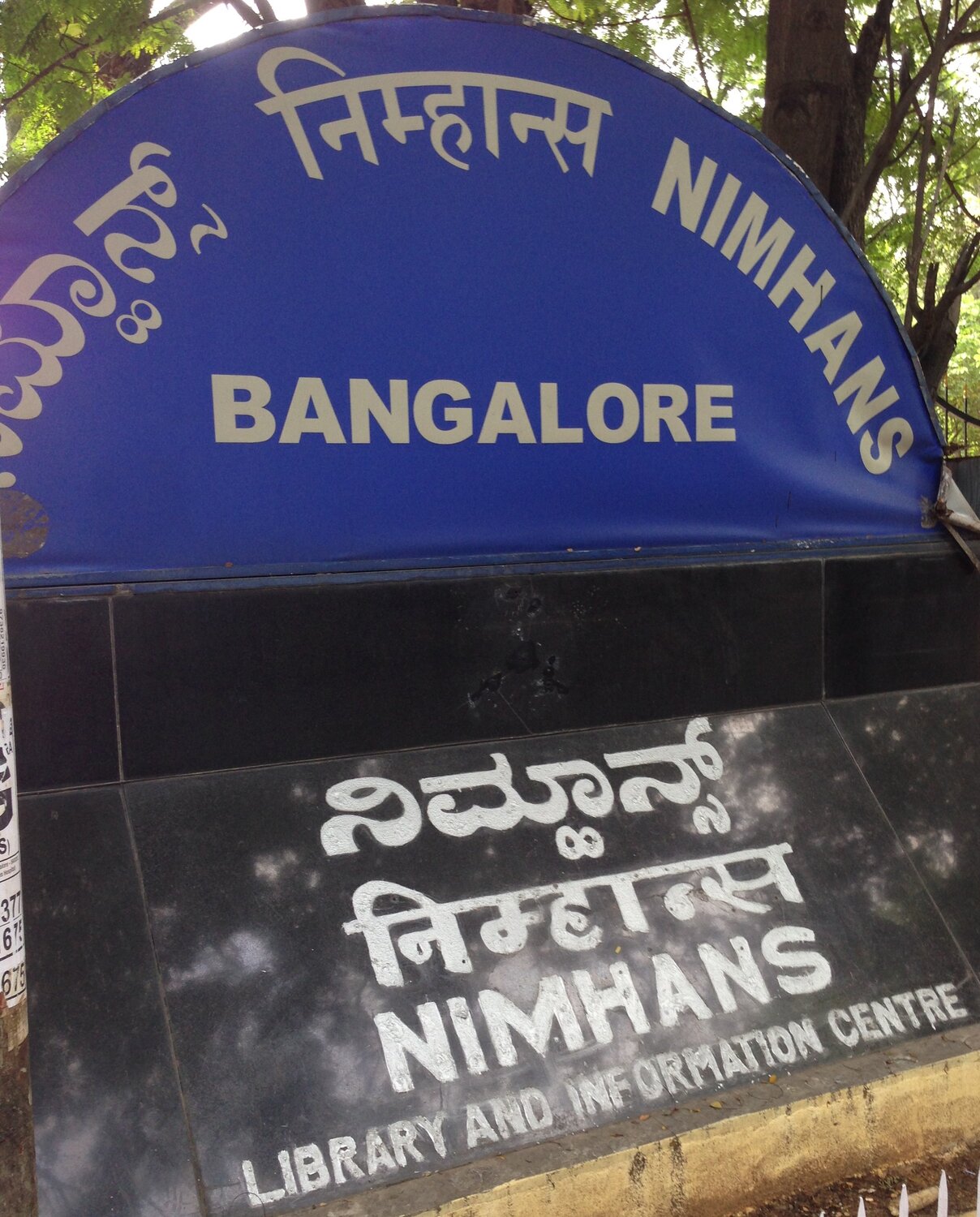
National Institute of Mental Health and Neuroscience (NIMHANS) in Bangalore, India. Source: Dr Le.
1. How big is the excessive technology use problem in India?
The Indian Council of Medical Research recently surveyed over 2700 residents in Bangalore aged between 18-65. Of those interviewed, the following percentage admitted to being "addicted" to:
- 1.3% to the Internet
- 3.5% to social networking sites
- 4.1% to their mobile phones
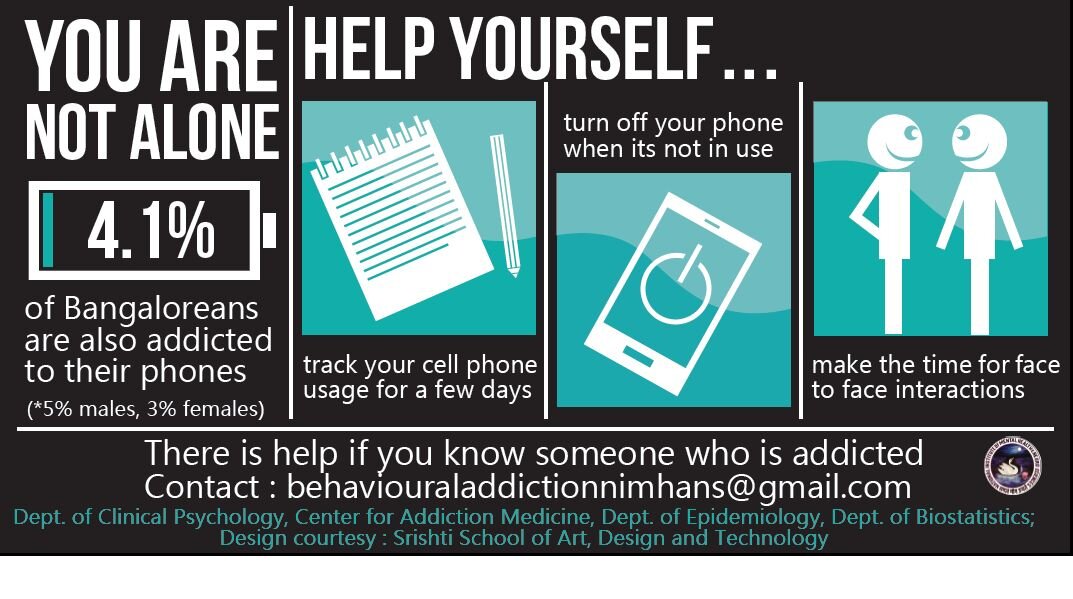
- Screening and assessment based on the "Four C's for addictive use": Craving, Control, Compulsion, and Consequences.
- Psycho-education, awareness, and counselling
- Researching novel therapies such as electroencephalogram (EEG) neurofeedback and Yoga Therapy.
2. Yoga Therapy as an intervention for computer, gaming, and Internet use?
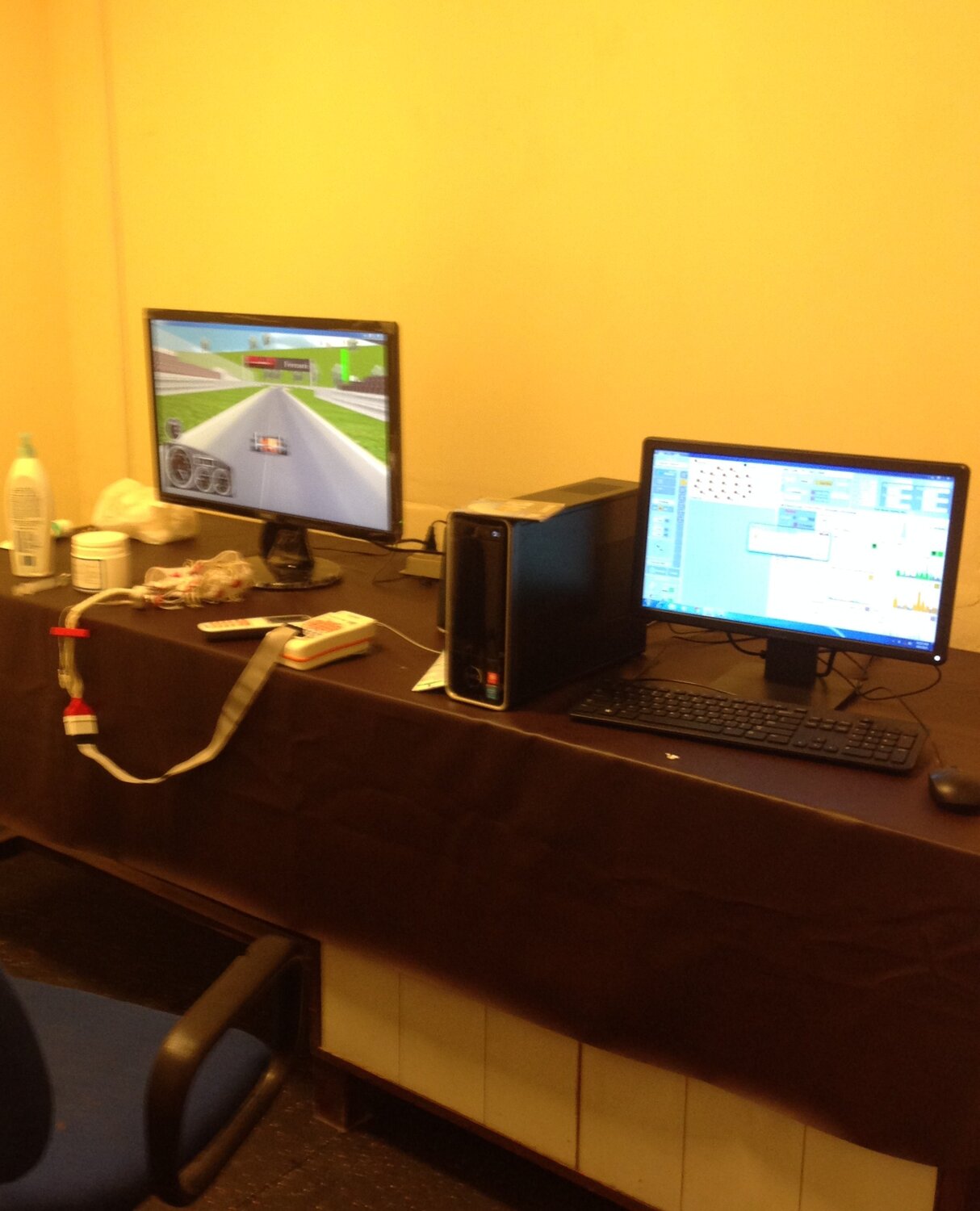
Neuro-biofeedback station
During my stay, I was lucky enough to visit the NIMHANS Advanced Centre for Yoga, which was established in 2007. They provide Yoga Therapy for patients and their caregivers suffering from psychiatric and neurological conditions. They can hold up to 3 Yoga Therapy sessions simultaneously, in separate halls. They treat mental disorders such as depression, anxiety, and even excessive technology use. Up to 40 patients a day come here for Yoga Therapy daily.
NIMHANS has conducted Yoga Therapy research since the early 1970’s and holds regular academic programs in the centre. I was lucky enough to speak with Dr B N Gangadhar, programme director, who explained to me that the meaning of yoga is "to connect." I was very intrigued by this concept, as I have observed that problem gamers and their families often describe difficulties with "connection." Also, in a previous blog post I highlighted advice from Philip Rosedale (the creator of Second Life and High Fidelity) that regular meditation may prevent "dysfunctional" "information overload" from online virtual worlds.
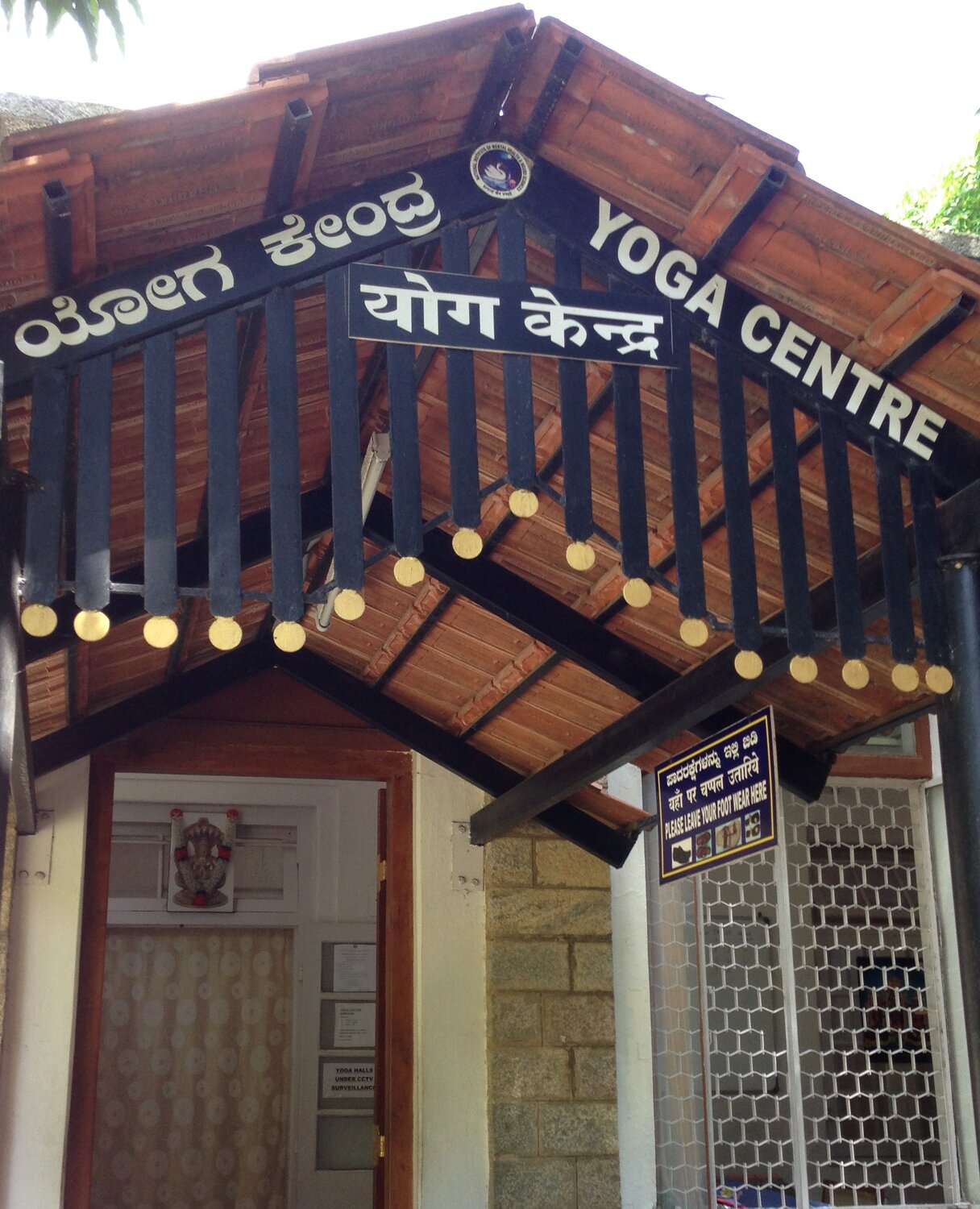
They can hold up to 3 Yoga Therapy sessions simultaneously, to treat depression, anxiety, and even excessive gaming. Source: Dr Le.
3. What does the research say about the effectiveness of Yoga?
Yoga Therapy has been shown to be effective for stress, anxiety, and depression. It incorporates various elements including physical movements, relaxation, breathing, and meditation.
Possible mechanisms for effectiveness in these conditions are:
- Neurobiological pathways with EEG (brainwave) changes
- Autonomic/vagal stimulation (nervous system)
- Immunological (immune system) benefits and decrease in inflammatory (immune response) markers
- Neuroplastic (brain repair) effects
- Hormonal pathways such as an increase in oxytocin (attachment) and decrease in cortisol (stress) hormone
- Mindfulness (a state of living in the moment used by psychologists to help regulate thoughts and emotions).
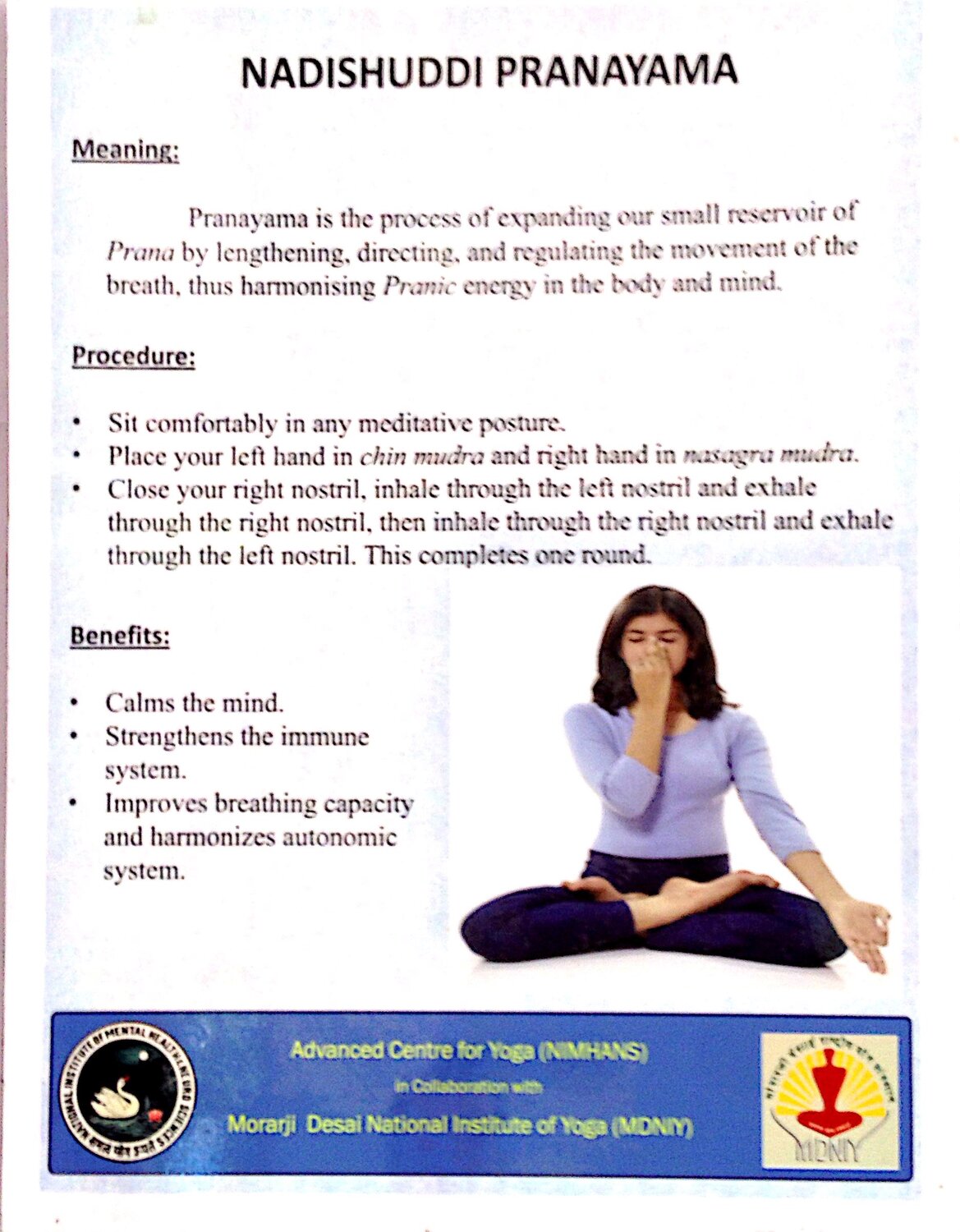
Yoga techniques used in Yoga Therapy. Source: Advanced Centre for Yoga.
There is a lot of opportunity for further research in Yoga Therapy. In my experience, many adolescents in my clinic suffer from severe anxiety and escape online to cope. This can often spiral into problematic use where the online world is the only safe place for them to interact and explore. Young people with anxiety may benefit from the relaxation techniques used in Yoga Therapy.
A final thank you..
Finally, I just want to thank Dr Manoj Sharma and the clinicians at NIMHANS for welcoming me and showing me the fantastic work that they are doing. This is an area that requires leadership, creativity, and collaboration in order to understand the effects of computer, gaming, and Internet technology in children and adolescents. It was quite a coincidence when I came across an article in the Hindu Times on my last day in Bangalore. This article highlighted the concern from the community in Bangalore about excessive social media use and young people. This is further evidence that the health and education authorities in India should support services such as the SHUT clinic continue their much needed work.

Sources:
http://www.bmj.com/content/349/bmj.g4439.full.pdf+html
https://nimhans.ac.in/nimhans-integrated-centre-for-yoga/
Rao NP, Varambally S, Gangadhar BN. Yoga school of thought and psychiatry: Therapeutic potential. Indian J Psychiatry [serial online] 2013 [cited 2015 Jun 16];55, Suppl S2:145-9. Available from: http://www.indianjpsychiatry.org/text.asp?2013/55/6/145/105510
http://www.sciencedirect.com/science/article/pii/S1876201808000555
